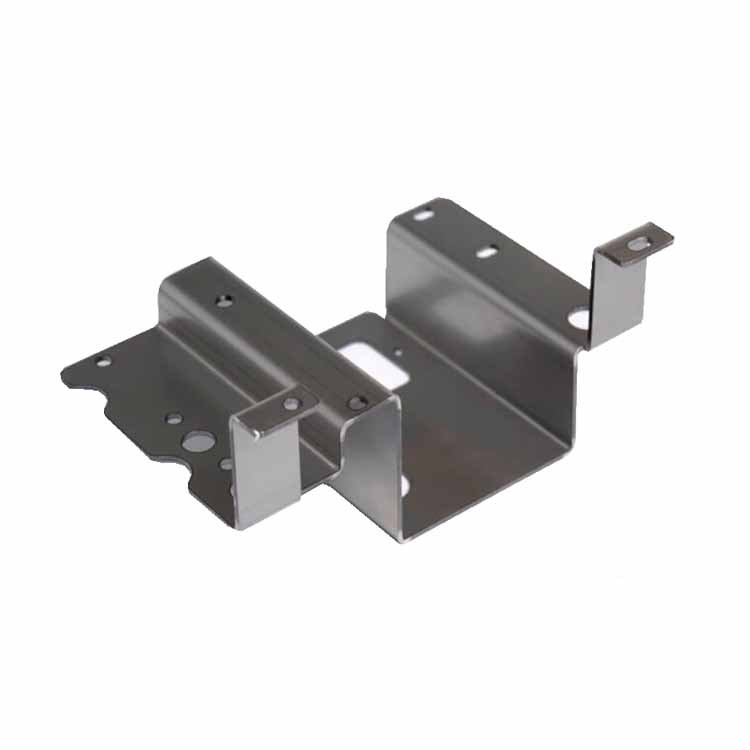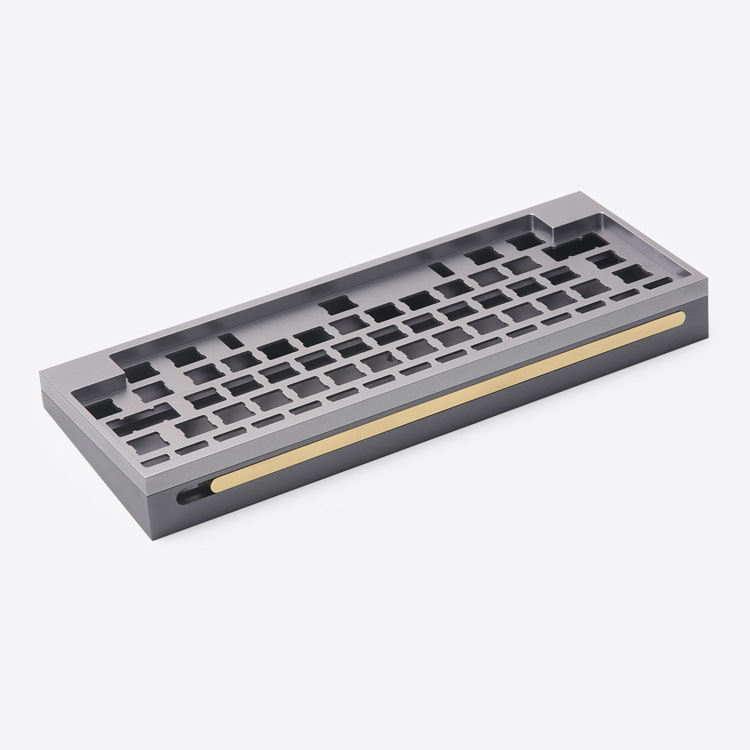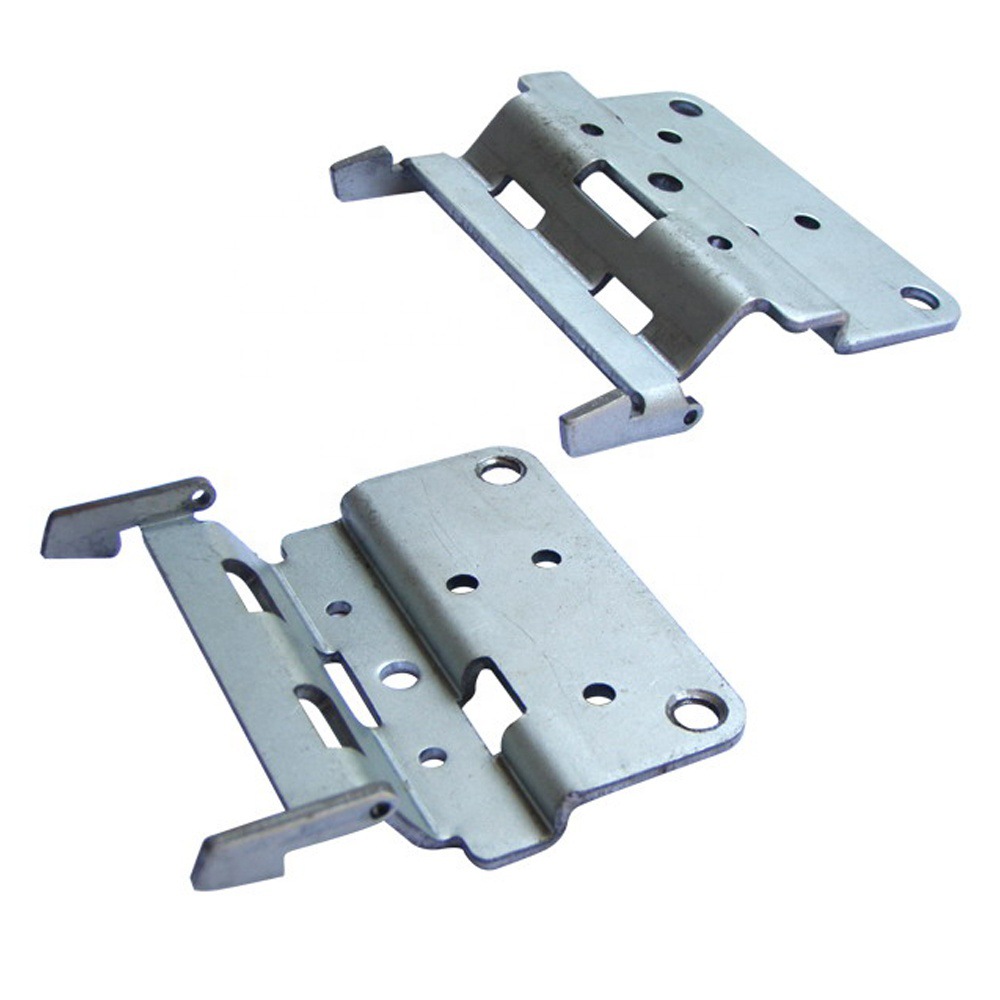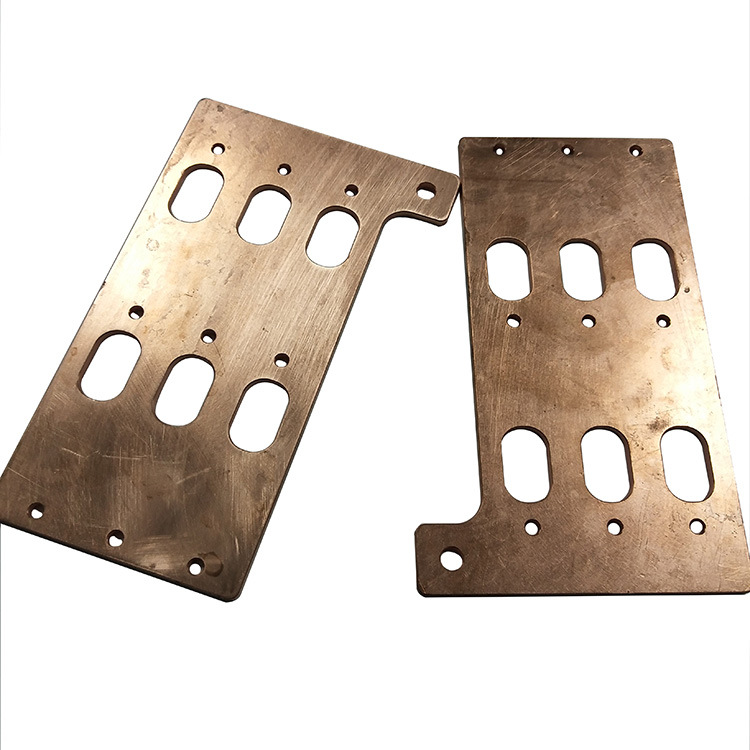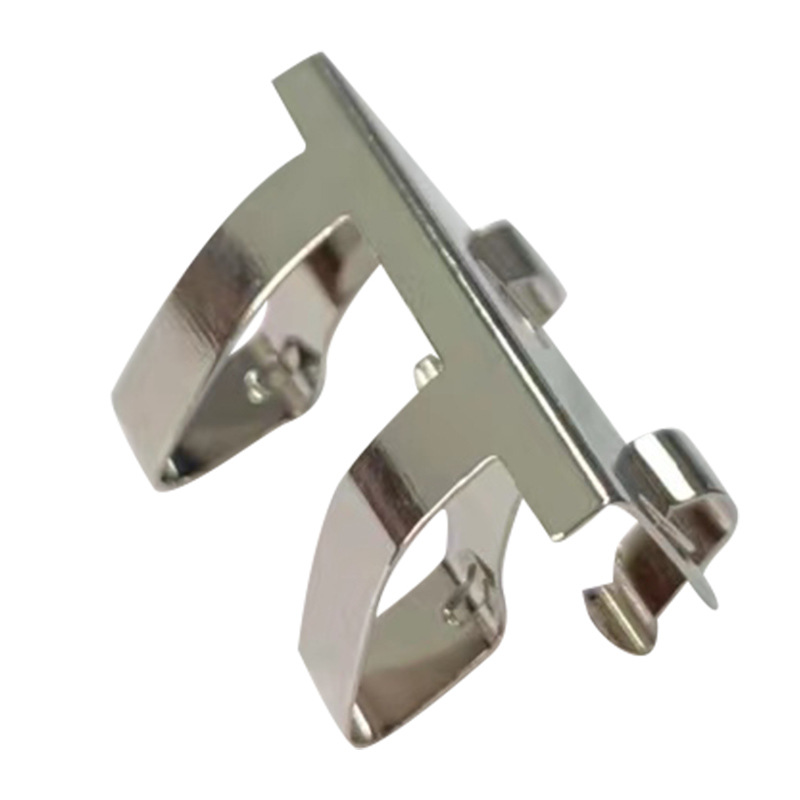Electroplating is a method of applying a layer of metal to a conductor using the principle of electrolysis.
In addition to conductors, electroplating can also be used on specially treated plastics. Electroplating includes chrome plating, zinc plating, copper plating, nickel plating, etc. The main uses of electroplating include preventing metal oxidation (such as rust) and for decoration. The outer layer of many coins is also electroplated.
There are mainly the following types of electroplating
Zinc plating: The zinc plating layer is of high purity and is an anodic coating. The zinc layer provides mechanical and electrochemical protection for the steel substrate.
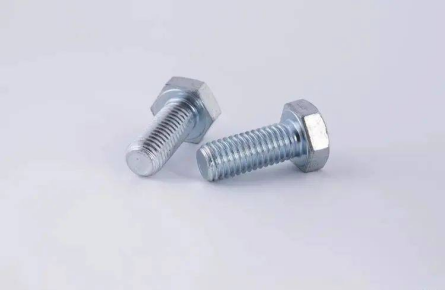
Copper plating: The copper plating layer is a cathodic plating layer, which can only provide mechanical protection for the base metal. The copper plating layer is usually not used alone as a protective decorative plating layer, but as a bottom layer or middle layer of the plating layer to improve the bonding strength between the surface plating layer and the base metal.
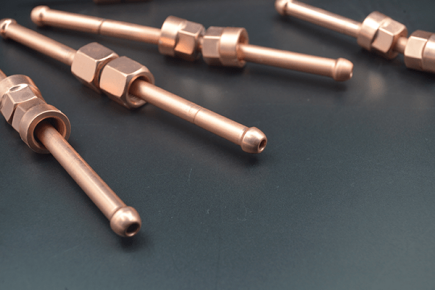
Nickel plating: Nickel plating is a cathodic protective layer, which only plays a mechanical role in protecting the base metal. In addition to being used directly in some medical devices and battery shells, nickel plating is often used as a base layer or intermediate layer, and is widely used in daily hardware, light industry, home appliances, machinery and other industries.
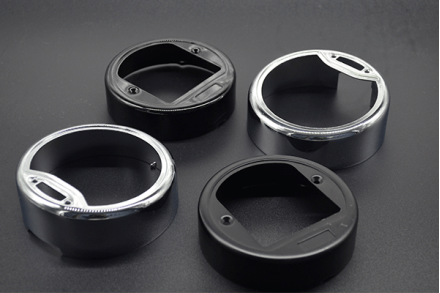
Chrome plating: The chrome plating layer is a cathodic coating and only plays a mechanical protective role. For decorative chrome plating, the bottom layer is generally a bright coating that has been polished or electrodeposited.
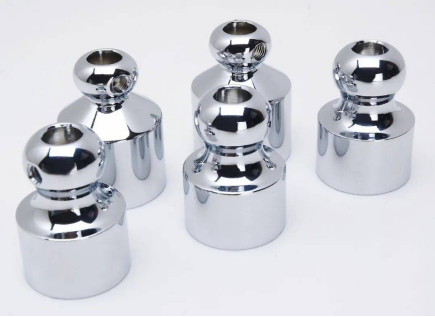
The hard chromium layer is mainly used for various measuring calipers, gauges, cutting tools and various types of shafts. The loose chromium layer is mainly used for the piston part in the cylinder cavity. The black chromium layer is used for parts that need to have a matte surface and wear resistance, such as aviation instruments, optical instruments, photographic equipment, etc. The milky white chromium is mainly used for various measuring tools.
Tin plating: Tin is a cathodic coating relative to the steel substrate, and an anodic coating relative to the copper substrate. Tin plating is mainly used as a protective layer for thin plates in the canning industry. Most wrought iron sheets are made by tinning iron plates. Another major use of tin plating is in the electronics and power industries.
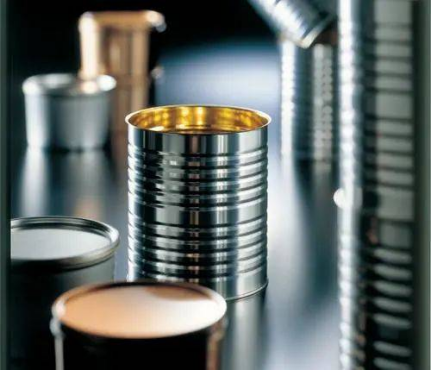
Advantages of electroplating
Electroplating offers several advantages that make it a widely used technology across a variety of industries. Some key advantages include:
Enhanced corrosion resistance: Electroplating provides a protective coating that enhances the corrosion resistance of the base metal and extends the service life of plated objects, especially in harsh environments.
Improves Aesthetics: Electroplating is used for decorative purposes to provide a shiny and beautiful surface. This is particularly important in industries such as jewelry, automotive and consumer electronics.
Improved hardness and wear resistance: Coated metals can significantly increase the hardness and wear resistance of the base material, making plating critical for applications where durability is important, such as machine parts.
Enhanced conductivity: Electroplating is used to increase the conductivity of a surface, which is critical for electronic and electrical applications that require efficient transmission of signals or electricity.
Industrial Applications of Electroplating
Electroplating is used in a wide variety of industries. Let’s look at a few of them.
Aerospace:Protective sacrificial layers help increase the reliability and service life of aircraft components. Manufacturers cover various titanium parts with nickel coatings to withstand thermal changes and environmental stresses. In addition, precise dimensions and fit are critical in aircraft manufacturing. The coating on the parts resists wear and maintains the correct dimensions required for performance and safety.
Application examples: Engine parts and turbine blades with nickel or platinum coatings, hydraulic systems, fasteners, structural parts, valve bodies, sensor components, etc.
Automotive Industry:The reliability of automotive parts is critical to vehicle performance and durability. Therefore, automotive parts require coatings that are hard and resistant to environmental influences, and chrome, zinc nickel or palladium surfaces can meet these requirements. In addition, automotive manufacturers also use electroplating treatments to customize aesthetics.
Application examples: bumpers, pistons, cylinder liners, shock absorbers, radiator grilles, fuel injectors, battery terminals and contacts, interior trim, etc.
Electronics:First, coating electrical connectors, contacts, cables, and connections with high-quality conductive metals changes the entire electrical properties of the workpiece surface. It improves the performance and efficiency of the circuit. Second, electroplating also contributes to the aesthetic design of the housing and protects it from UV rays, corrosion, abrasion, and minor impacts. In addition, gold, copper, nickel, and palladium plating are the most popular in the electronics industry.
Application examples: connector pins, PCBs, semiconductors, capacitors, switch boards, battery contacts, sensors, and microelectronic parts.
Jewelry/Jewelry:Gold and gold alloys are most popular for jewelry plating to enhance the beauty of ornaments. It also increases the life of ornaments. In addition, the combination of two or more metals can give it a unique look. You can also use other precious metals such as silver and rhodium.
Application examples: bracelets, rings, necklaces, watches, earrings, and custom items.
The electroplating process is a time-honored technology. It helps produce parts with better performance, durability, and aesthetics. For electroplating to be successful, an anode, cathode, electrolyte, and power source are required.
At Xuanmin, our diverse manufacturing capabilities help produce high-precision and first-class metal parts, from CNC processing machines to sheet metal fabrication services. Our sheet metal fabrication helps produce high-precision and first-class metal parts.
